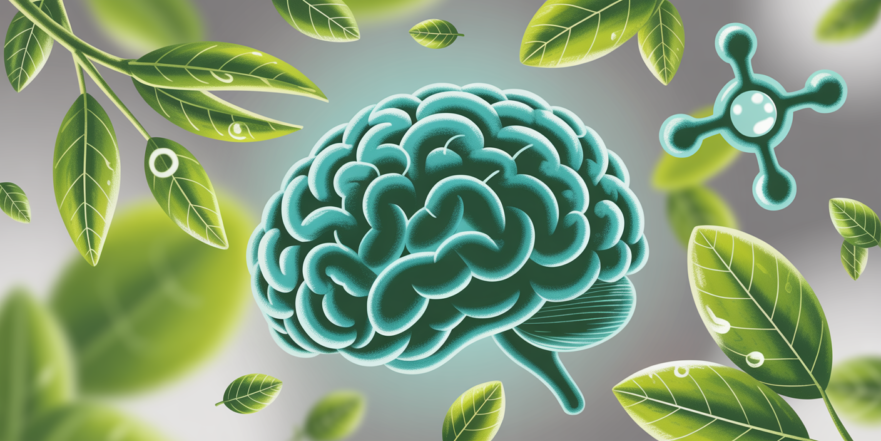
Key Takeaways
- A combination of nicotinamide (vitamin B3) and epigallocatechin gallate (EGCG) from green tea restored youthful energy levels in aged mouse brain cells within 16 hours.
- The treatment cleared toxic protein buildup associated with Alzheimer’s disease and improved cell survival by 22% in Alzheimer’s-model neurons.
- It also restored the function of cellular waste-clearing mechanisms.
- While promising, the research is based on lab-dish studies and requires further investigation in living organisms and humans.
Restoring Cellular Energy and Function

As the brain ages, brain cells experience a decline in their energy production, specifically guanosine triphosphate (GTP). This energy deficit impairs their ability to clear out damaged proteins and cellular debris, leading to a buildup that can disrupt brain function. The study, published in GeroScience, found that combining nicotinamide with EGCG effectively restored GTP levels in aged neurons to those comparable to younger cells.
Nicotinamide, a form of vitamin B3, helps boost levels of NAD+, a molecule crucial for cellular metabolism and GTP production. Epigallocatechin gallate (EGCG), the primary antioxidant in green tea, activates Nrf2, a cellular defense mechanism that triggers protective antioxidant genes. This dual action provides both immediate antioxidant protection and a boost in cellular energy.
Combating Alzheimer’s Hallmarks
The research demonstrated that this compound combination not only restored cellular energy but also addressed key markers associated with Alzheimer’s disease. In aged neurons, particularly those from an Alzheimer’s model, the treatment cleared toxic protein clumps, including amyloid-beta aggregates, which are a hallmark of the disease. Furthermore, the study observed a 22% improvement in cell survival in these aged Alzheimer’s-model neurons.
The treatment also normalized the function of cellular transport proteins, such as Rab7 and Arl8b, which are involved in waste processing. These proteins tend to accumulate in aging neurons when energy levels are low. By restoring GTP levels, the treatment facilitated the proper functioning of these waste-clearing pathways.
Future Directions and Limitations
While these findings are highly encouraging, the research was conducted on isolated neurons in laboratory settings. Further studies are necessary to confirm these benefits in living animals and, eventually, in human clinical trials. Researchers noted that previous trials have shown oral nicotinamide may not be highly effective due to inactivation in the bloodstream, suggesting that alternative delivery methods may need to be explored.
Despite these limitations, the study highlights the potential for simple, naturally occurring compounds to reverse aspects of brain cell aging and improve cellular cleanup processes. This could pave the way for new dietary or therapeutic strategies to support brain health and potentially prevent or treat age-related cognitive decline and Alzheimer’s disease.
Sources
- This Vitamin And Tea Combo May Quickly Rejuvenate Aging Brain Cells, Study Finds.
- UC Irvine researchers find combination of natural compounds for brain cleaning – UC Irvine News, UC Irvine News.
- Natural Compound Combo Restores Aging Brain Cells, Neuroscience News.
- Green tea and vitamin B3 may boost brain health, New Atlas.
- Green Tea: THIS tea can ‘clean’ the brain and prevent Alzheimer’s, Times of India.

